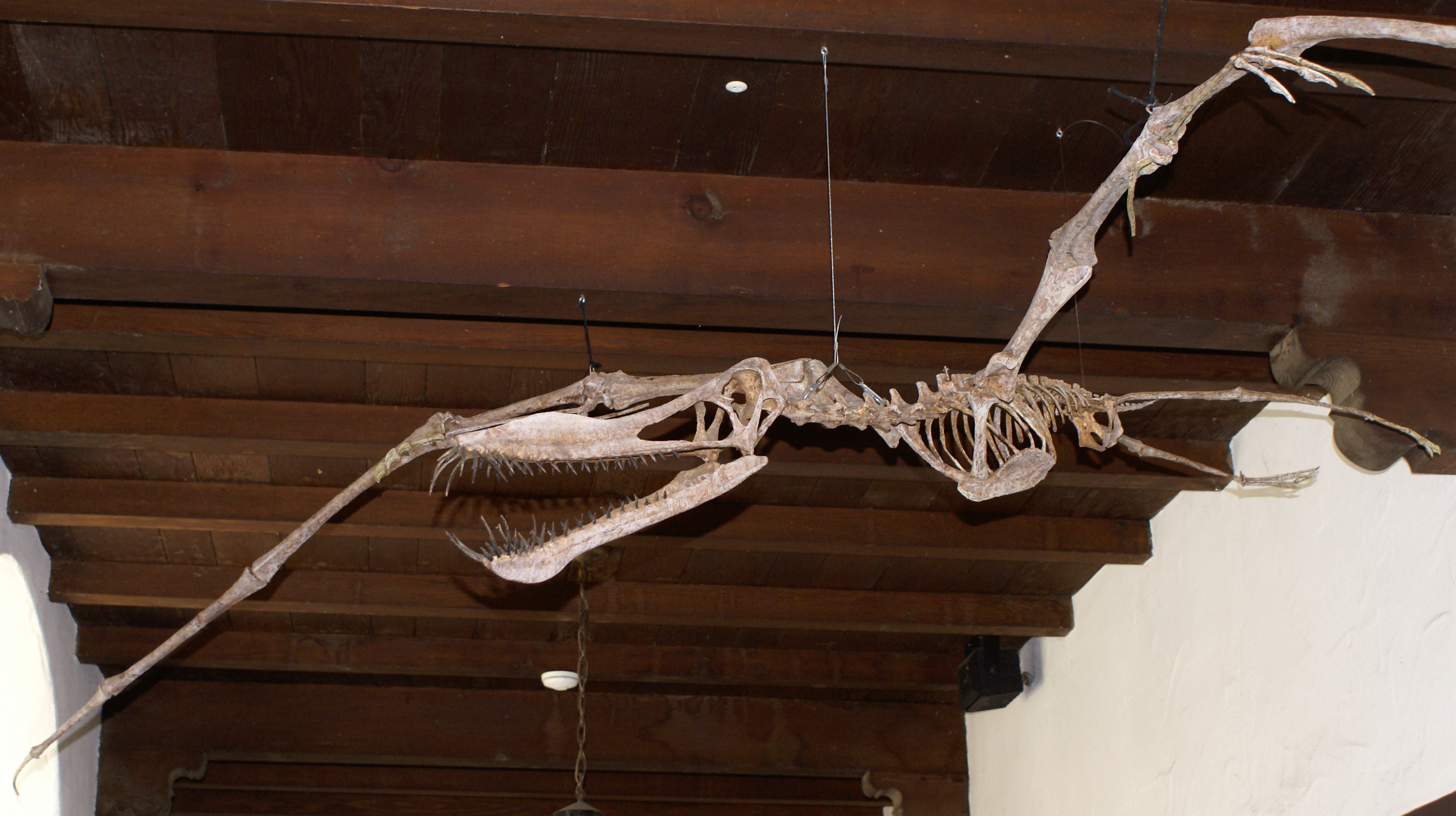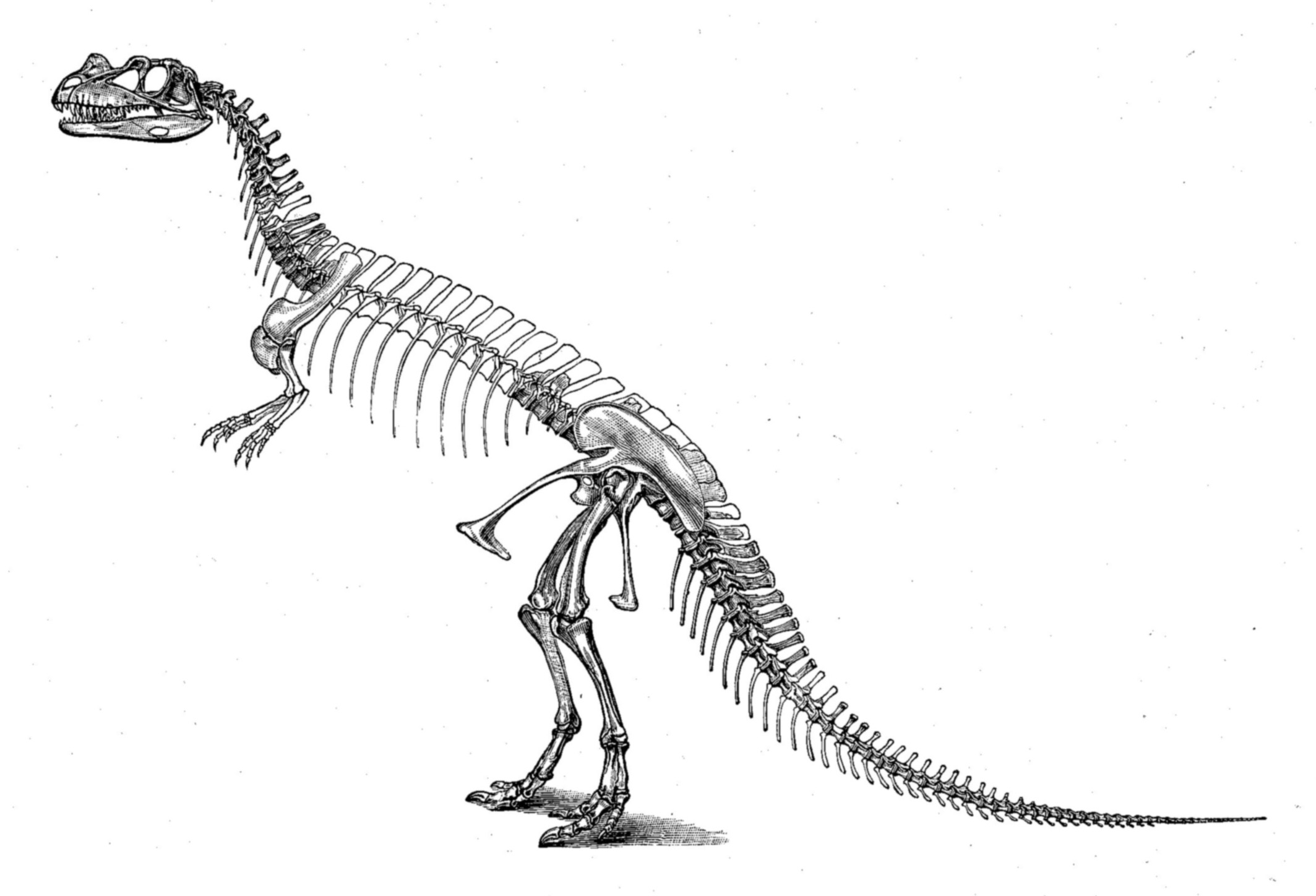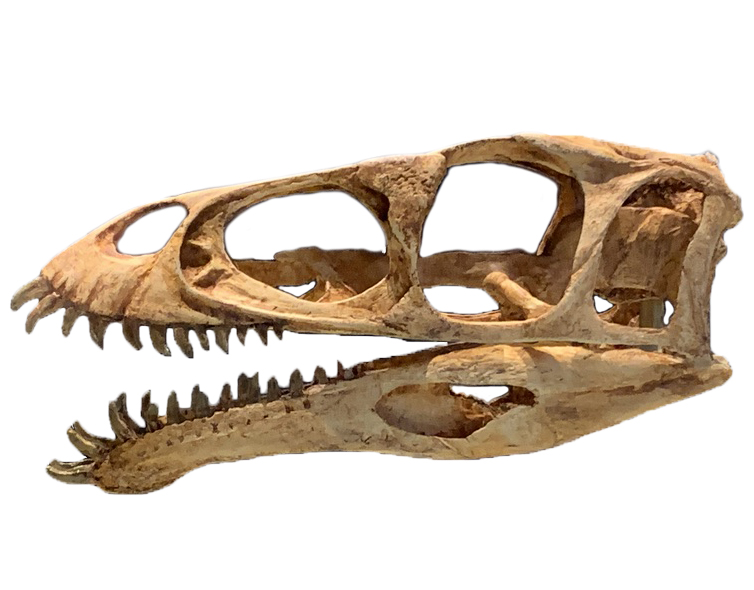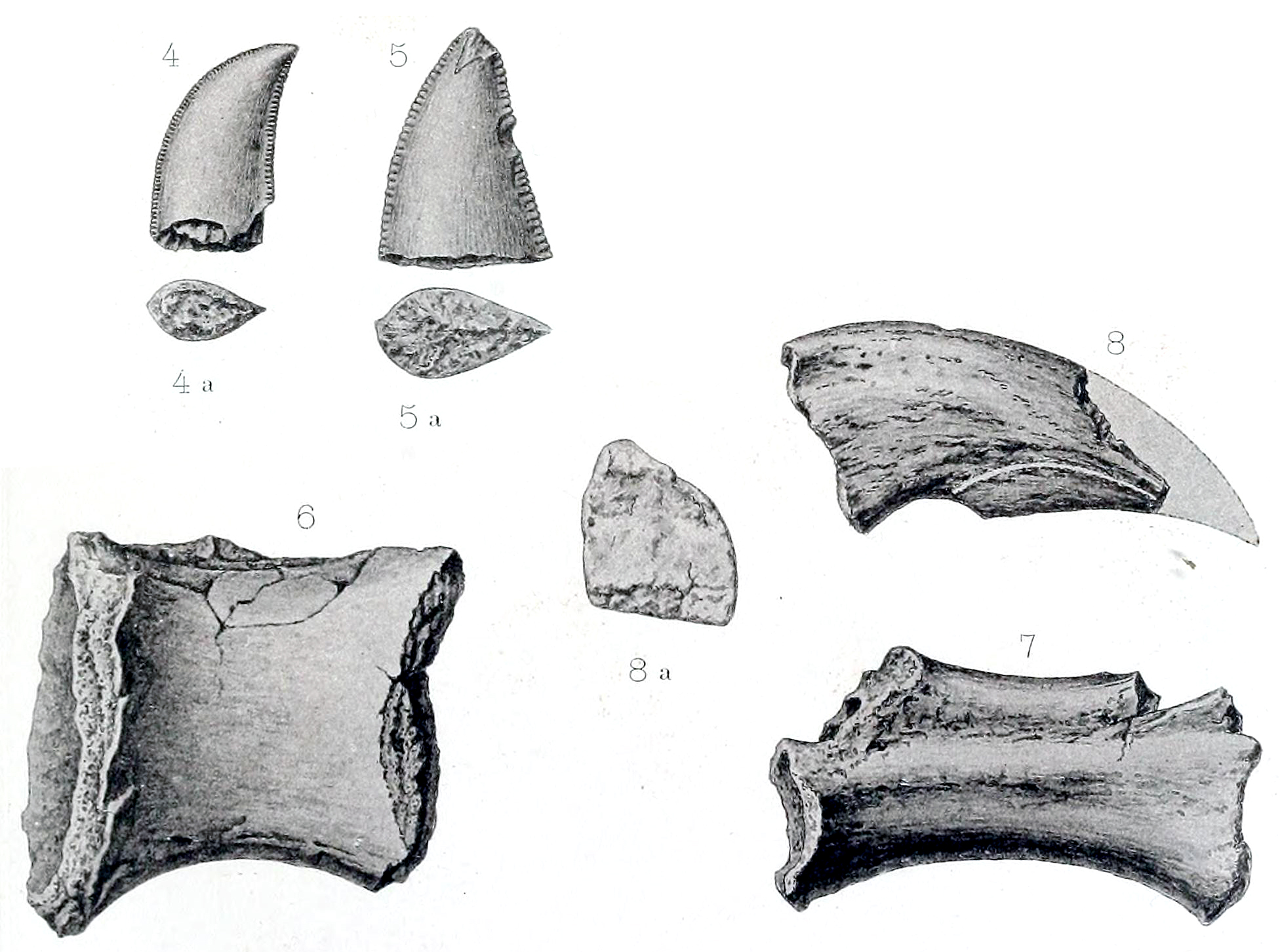|
Afromimus
''Afromimus'' (meaning "Africa mimic") is a genus of theropod dinosaur from the Early Cretaceous Elrhaz Formation of Niger. It contains a single species, ''A. tenerensis'', named in 2017 by Paul Sereno from parts of the right leg, vertebrae, and ribs found in the Ténéré Desert. It was originally classified as an ornithomimosaurian, but subsequently it was argued to be an abelisauroid. Discovery and naming The only known specimen of ''Afromimus'' is a partial skeleton consisting of seven (originating from the middle of the tail and estimated to be the 15th, 16th, 18th, 20th, 22nd, 24th, and 27th tail vertebrae), bones from the right hindlimb (the , , , and ), and part of a rib, all found within a radius of . It was discovered in 1997 at the Gadoufaoua locality in the Elrhaz Formation, in the Ténéré Desert of Niger. The specimen is catalogued as MNBH GAD112 in the Musée National Boubou Hama, the national museum of Niger in the city of Niamey. Since the specimen was expose ... [...More Info...] [...Related Items...] OR: [Wikipedia] [Google] [Baidu] |
Noasauridae
Noasauridae is an extinct family of theropod dinosaurs belonging to the group Ceratosauria. They were closely related to the short-armed abelisaurids, although most noasaurids had much more traditional body types generally similar to other theropods. Their heads, on the other hand, had unusual adaptations depending on the subfamily. 'Traditional' noasaurids, sometimes grouped in the subfamily Noasaurinae, had sharp teeth which splayed outwards from a downturned lower jaw. The most complete and well-known example of these kinds of noasaurids was ''Masiakasaurus knopfleri'' from Madagascar. Another group, Elaphrosaurinae, has also been placed within Noasauridae by some studies. Elaphrosaurines developed toothless jaws and herbivorous diets, at least as adults. The most complete and well known elaphrosaurine was ''Limusaurus inextricabilis''. At least some noasaurids had pneumatised cervical vertebrae.Arthur Souza Brum, Elaine Batista Machado, Diogenes de Almeida Campos & Alexa ... [...More Info...] [...Related Items...] OR: [Wikipedia] [Google] [Baidu] |
Elrhaz Formation
The Elrhaz Formation is a geological formation in Niger, central Africa. Its strata date back to the Early Cretaceous, about 125 to 112 million years ago. Dinosaur remains are among the fossils that have been recovered from the formation, alongside those of multiple species of crocodyliformes. Gadoufaoua Gadoufaoua (Tuareg for "the place where camels fear to go") is a site within the Elrhaz Formation (located at ) in the Tenere desert of Niger known for its extensive fossil graveyard. It is where remains of ''Sarcosuchus imperator'', popularly known as SuperCroc, were found (by Paul Sereno in 1997, for example), including vertebrae, limb bones, armor plates, jaws, and a nearly complete skull. Gadoufaoua is very hot and dry. However, it is supposed that millions of years ago, Gadoufaoua had trees, plants and wide rivers. The river covered the remains of dead animals, the fossilized remains of which were protected by the drying rivers over millions of years. Vertebrate p ... [...More Info...] [...Related Items...] OR: [Wikipedia] [Google] [Baidu] |
Aptian
The Aptian is an age in the geologic timescale or a stage in the stratigraphic column. It is a subdivision of the Early or Lower Cretaceous Epoch or Series and encompasses the time from 121.4 ± 1.0 Ma to 113.0 ± 1.0 Ma (million years ago), approximately. The Aptian succeeds the Barremian and precedes the Albian, all part of the Lower/Early Cretaceous. The Aptian partly overlaps the upper part of the Western European Urgonian Stage. The Selli Event, also known as OAE1a, was one of two oceanic anoxic events in the Cretaceous Period, which occurred around 120 Ma and lasted approximately 1 to 1.3 million years. The Aptian extinction was a minor extinction event hypothesized to have occurred around 116 to 117 Ma.Archangelsky, Sergio.The Ticó Flora (Patagonia) and the Aptian Extinction Event" ''Acta Paleobotanica'' 41(2), 2001, pp. 115-22. Stratigraphic definitions The Aptian was named after the small city of Apt in the Provence region of France, which is also known for its cry ... [...More Info...] [...Related Items...] OR: [Wikipedia] [Google] [Baidu] |
Gallimimus
''Gallimimus'' ( ) is a genus of theropod dinosaur that lived in what is now Mongolia during the Late Cretaceous period, about seventy million years ago (mya). Several fossils in various stages of growth were discovered by Polish-Mongolian expeditions in the Gobi Desert of Mongolia during the 1960s; a large skeleton discovered in this region was made the holotype specimen of the new genus and species ''Gallimimus bullatus'' in 1972. The generic name means "chicken mimic", referring to the similarities between its neck vertebrae and those of the Galliformes. The specific name is derived from '' bulla'', a golden capsule worn by Roman youth, in reference to a bulbous structure at the base of the skull of ''Gallimimus''. At the time it was named, the fossils of ''Gallimimus'' represented the most complete and best preserved ornithomimid ("ostrich dinosaur") material yet discovered, and the genus remains one of the best known members of the group. ''Gallimimus'' is the largest know ... [...More Info...] [...Related Items...] OR: [Wikipedia] [Google] [Baidu] |
Skorpiovenator
''Skorpiovenator'' ("scorpion hunter") is a genus of abelisaurid theropod dinosaur from the Late Cretaceous (Cenomanian to Turonian) Huincul Formation of Argentina. It is one of the most complete and informative abelisaurids yet known, described from a nearly complete and articulated skeleton. Description The preserved length of the excavated ''Skorpiovenator'' skeleton from the premaxilla to the 12th caudal vertebra is . It was estimated to have grown up to in length. In 2010, Gregory S. Paul gave larger estimations of and .Paul, G.S. (2010) ''The Princeton Field Guide to Dinosaurs'', Princeton University Press p. 81 In 2016, a similar size to the original estimate at has been estimated. It had short, stubby, near-useless arms, but strong legs with powerful thighs and sturdy shins over which its large body was balanced. Skull ''Skorpiovenators skull was short, stout and covered in the ridges, furrows, tubercles and bumpy nodules that are scattered over the heads of most ... [...More Info...] [...Related Items...] OR: [Wikipedia] [Google] [Baidu] |
Lateral Condyle Of Tibia
The lateral condyle is the lateral portion of the upper extremity of tibia. It serves as the insertion for the biceps femoris muscle (small slip). Most of the tendon of the biceps femoris inserts on the fibula. See also * Gerdy's tubercle * Medial condyle of tibia The medial condyle is the medial (or inner) portion of the upper extremity of tibia. It is the site of insertion for the semimembranosus muscle. See also * Lateral condyle of tibia * Medial collateral ligament The medial collateral ligament ... Additional images File:Gray258.png, Bones of the right leg. Anterior surface. File:Slide2bib.JPG, Right knee in extension. Deep dissection. Posterior view. File:Slide2cocc.JPG, Right knee in extension. Deep dissection. Posterior view. References External links * * * () Bones of the lower limb Tibia {{musculoskeletal-stub ... [...More Info...] [...Related Items...] OR: [Wikipedia] [Google] [Baidu] |
Ekrixinatosaurus
''Ekrixinatosaurus'' ('explosion-born reptile') is a genus of abelisaurid theropod which lived approximately 100 to 97 million years ago during the Late Cretaceous period. Its fossils have been found in Argentina. Only one species is currently recognized, ''Ekrixinatosaurus novasi'', from which the specific name honors of Dr. Fernando Novas for his contributions to the study of abelisaurid theropods. It was a large abelisaur, measuring between in length and weighing . Discovery and naming The type species, ''Ekrixinatosaurus novasi'', was first described in 2004 by Argentinian paleontologist Jorge Calvo, and Chilean paleontologists David Rubilar-Rogers and Karen Moreno. The fossils were found dispersed over an area of 15m in the Candeleros Formation, a geologic formation that outcrops in Río Negro, Neuquén, and Mendoza provinces of Argentina. This formation dates from 100-97 mya., and consists of red beds where other famous vertebrate animals have been discovered, such as ... [...More Info...] [...Related Items...] OR: [Wikipedia] [Google] [Baidu] |
Ceratosaurus
''Ceratosaurus'' (from Ancient Greek, Greek κέρας/κέρατος, ' meaning "horn" and wikt:σαῦρος, σαῦρος ' meaning "lizard") was a carnivorous Theropoda, theropod dinosaur in the Late Jurassic Period (geology), period (Kimmeridgian to Tithonian). The genus (biology), genus was first described in 1884 by American paleontologist Othniel Charles Marsh based on a nearly complete skeleton discovered in Garden Park, Colorado, in rocks belonging to the Morrison Formation. The type species is ''Ceratosaurus nasicornis''. The Garden Park specimen remains the most complete skeleton known from the genus, and only a handful of additional specimens have been described since. Two additional species, ''Ceratosaurus dentisulcatus'' and ''Ceratosaurus magnicornis'', were described in 2000 from two fragmentary skeletons from the Cleveland-Lloyd Dinosaur Quarry, Cleveland-Lloyd Quarry of Utah and from the vicinity of Fruita, Colorado. The Valid name (zoology), validity of the ... [...More Info...] [...Related Items...] OR: [Wikipedia] [Google] [Baidu] |
Autapomorphy
In phylogenetics, an autapomorphy is a distinctive feature, known as a derived trait, that is unique to a given taxon. That is, it is found only in one taxon, but not found in any others or outgroup taxa, not even those most closely related to the focal taxon (which may be a species, family or in general any clade). It can therefore be considered an apomorphy in relation to a single taxon. The word ''autapomorphy'', first introduced in 1950 by German entomologist Willi Hennig, is derived from the Greek words αὐτός, ''autos'' "self"; ἀπό, ''apo'' "away from"; and μορφή, ''morphḗ'' = "shape". Discussion Because autapomorphies are only present in a single taxon, they do not convey information about relationship. Therefore, autapomorphies are not useful to infer phylogenetic relationships. However, autapomorphy, like synapomorphy and plesiomorphy is a relative concept depending on the taxon in question. An autapomorphy at a given level may well be a synapomorphy at ... [...More Info...] [...Related Items...] OR: [Wikipedia] [Google] [Baidu] |
Elaphrosaurus
''Elaphrosaurus'' ( ) is a genus of ceratosaurian theropod dinosaur that lived approximately 154 to 150 million years ago during the Late Jurassic Period in what is now Tanzania in Africa. ''Elaphrosaurus'' was a medium-sized but lightly built member of the group that could grow up to long. Morphologically, this dinosaur is significant in two ways. Firstly, it has a relatively long body but is very shallow-chested for a theropod of its size. Secondly, it has very short hindlimbs in comparison with its body. Phylogenetic analyses indicate that this genus is likely a ceratosaur. Earlier suggestions that it is a late surviving coelophysoid have been examined but generally dismissed. ''Elaphrosaurus'' is currently believed to be a very close relative of ''Limusaurus'', an unusual beaked ceratosaurian which may have been either herbivorous or omnivorous. Discovery The type specimen of ''Elaphrosaurus bambergi'' HMN Gr.S. 38–44 was recovered in the Middle Dinosaur Member of the ... [...More Info...] [...Related Items...] OR: [Wikipedia] [Google] [Baidu] |
Masiakasaurus
''Masiakasaurus'' is a genus of small predatory noasaurid theropod dinosaurs from the Late Cretaceous of Madagascar. In Malagasy, ''masiaka'' means "vicious"; thus, the genus name means "vicious lizard". The type species, ''Masiakasaurus knopfleri'', was named after the musician Mark Knopfler, whose music inspired the expedition crew. It was named in 2001 by Scott D. Sampson, Matthew Carrano, and Catherine A. Forster. Unlike most theropods, the front teeth of ''M. knopfleri'' projected forward instead of straight down. This unique dentition suggests that they had a specialized diet, perhaps including fish and other small prey. Other bones of the skeleton indicate that ''Masiakasaurus'' were bipedal, with much shorter forelimbs than hindlimbs. ''M. knopfleri'' was a small theropod, reaching long and weighing . ''Masiakasaurus'' lived around 70 million years ago, along with animals such as ''Majungasaurus'', ''Rapetosaurus'', and ''Rahonavis''. ''Masiakasaurus'' was a member o ... [...More Info...] [...Related Items...] OR: [Wikipedia] [Google] [Baidu] |
Majungasaurus
''Majungasaurus'' (; ) is a genus of abelisaurid theropod dinosaur that lived in Madagascar from 70 to 66 million years ago, at the end of the Cretaceous Period (geology), Period, making it one of the last known non-avian dinosaurs that went extinct during the Cretaceous–Paleogene extinction event. The genus contains a single species, ''Majungasaurus crenatissimus''. This dinosaur is also called ''Majungatholus'', a name which is considered a junior synonym of ''Majungasaurus''. Like other abelisaurids, ''Majungasaurus'' was a bipedal predator with a short snout. Although the forelimbs are not completely known, they were very short, while the hind limbs were longer and very stocky. It can be distinguished from other abelisaurids by its wider skull, the very rough texture and thickened bone on the top of its snout, and the single rounded horn on the roof of its skull, which was originally mistaken for the dome of a pachycephalosaur. It also had more teeth in both upper and lowe ... [...More Info...] [...Related Items...] OR: [Wikipedia] [Google] [Baidu] |









